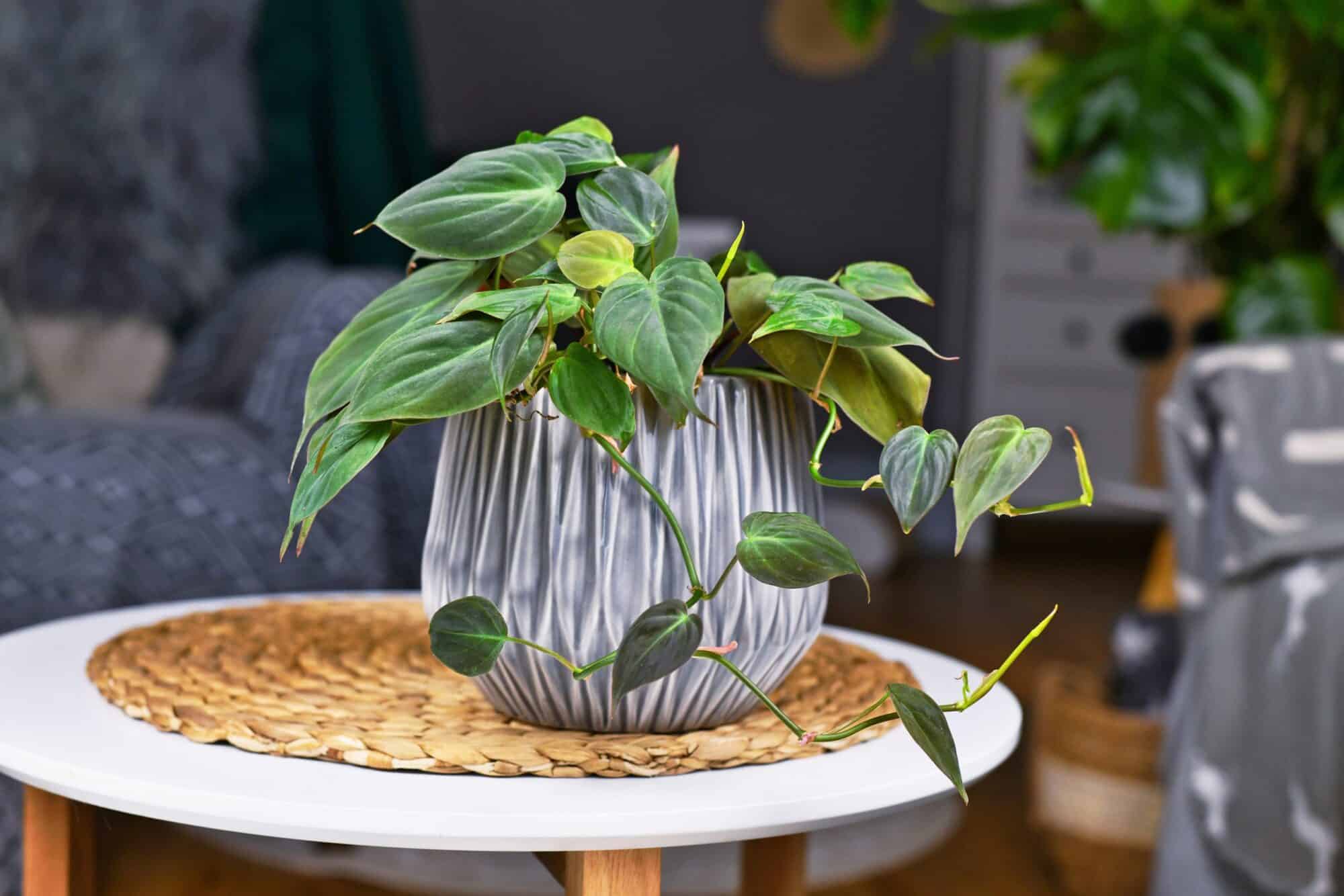A Garden to Envy: How To Avoid Planting Toxic Plants For Pets

People who love to care for pets often love to care for plants. Although these caregiver instincts are pure, not all plants and pets can coexist peacefully and safely. Unfortunately, there are certain plants that are poisonous to our four-legged friends. There are indoor and outdoor toxic plants for pets, which means it is important to do some research before adding some flora and fauna to your home decor.
Knowing what plants you have in your home and yard is a crucial step to avoid an accidental pet poisoning. Rocklin Ranch Veterinary Hospital wants to help you eliminate the risk to your pet while still satisfying your green thumb. Keep reading to check out our tips on avoiding these dangerous plants.
Toxic Plants for Pets Inside the Home
Houseplants add some color and freshness to a home decor, so it’s no wonder that many of us love to decorate our home with them. Many pets will ignore whatever’s growing in pots, but there are also plenty of curious creatures who will use their mouths and noses to investigate plants. Be sure to keep the following toxic houseplants out of reach (or out of your home altogether):
- Aloe vera
- Jade
- Sago palm
- Philodendron
- Poinsettia
- All varieties of lily plants
- Rubber tree plant
- Weeping fig tree
- Desert rose
- Elephant ear (caladium)
- ZZ plant
Luckily, the garden center has many safe and beautiful options like Boston ferns, bamboo, echeveria, haworthia, areca palm, and more. Consult this list from the ASPCA before you hand over your debit card for your plant purchase just to be sure it is safe for your furry friends.
Outside Plants to Avoid
It can be harder to monitor your pet’s outdoor exposure to toxic plants, which is why you should spend some time removing any of the following toxic shrubs and flowers growing in the yard:
- Azaleas
- Lilies
- Oleander
- Cyclamen
- Crocuses
- Daffodils
- Tulips
- Hyacinths
- Hibiscus
- Eucalyptus
- Narcissus
- Chrysanthemums
- Peony
- Gareanium
- Periwinkle
- English and Boston Ivy
- Morning glory
- Wisteria
You can also train your pet not to chew on or eat plants to ensure you avoid run ins with toxic plants you may have overlooked in your yard or garden. This can also prevent them from getting a bit too curious while on a walk with you or exploring the neighborhood on their own and inadvertently getting exposed to plant toxins.
Signs of a Pet Poisoning
If your pet does come into contact with a toxic plant, is it important to get medical care as soon as possible. The following symptoms could all be signs that your dog or cat is dealing with plant poisoning:
- Nausea
- Vomiting
- Diarrhea
- Trouble breathing
- Trouble standing
- Disorientation
- Depression
- Loss of consciousness
- Loss of appetite
- Changes in behavior
Bring your pet into the veterinarian immediately if you see any of these symptoms or if you suspect that your pet might have gotten into a toxic plant. The sooner you can get medical attention, the better chance you will have for a positive outcome.

